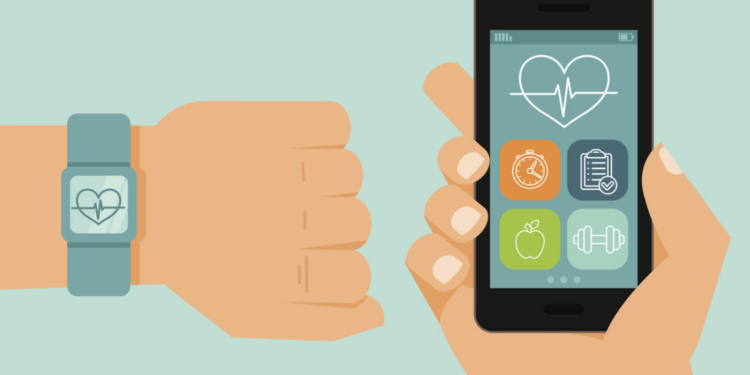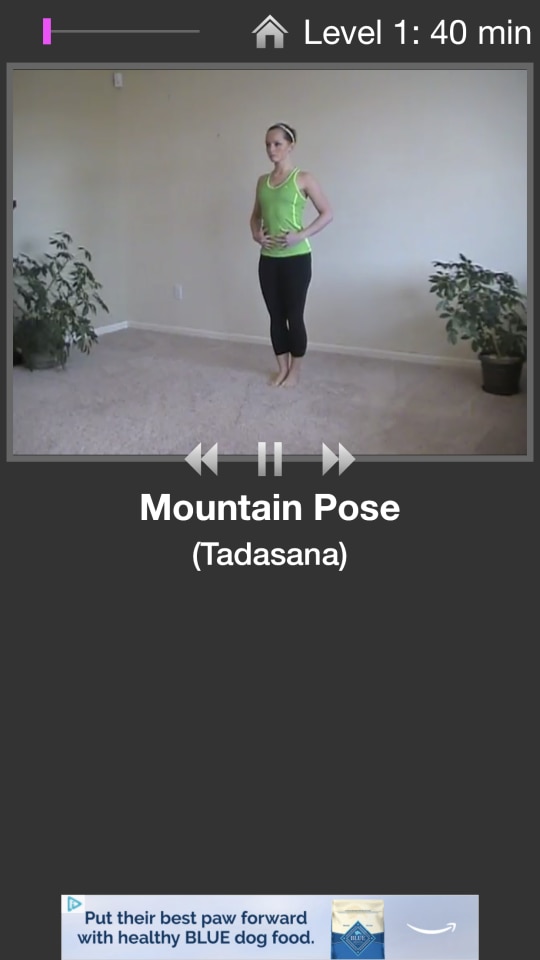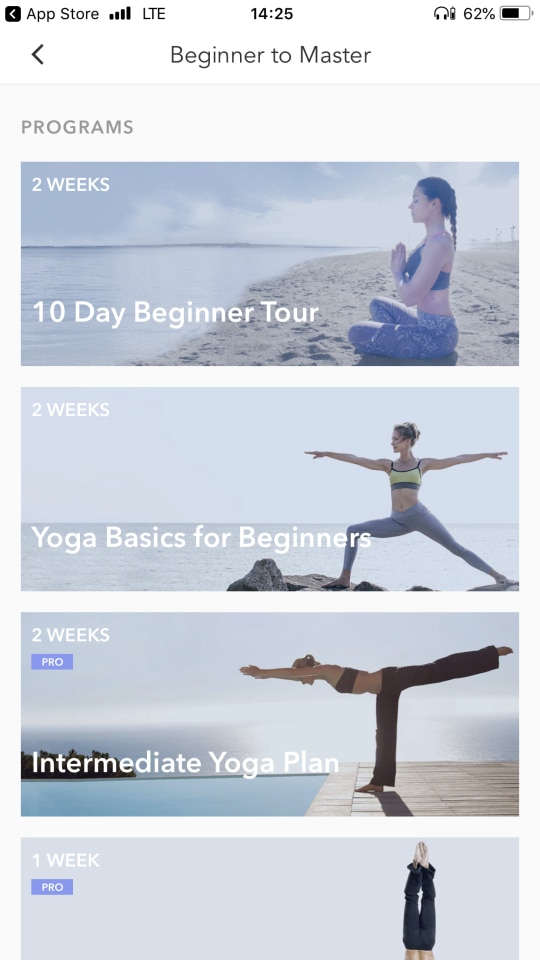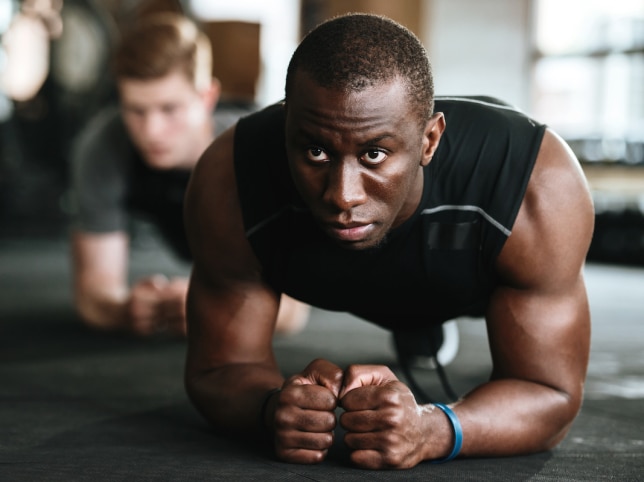6. The second-best flexibility app: Simply Yoga
What it is: The free version of this app, which used to be called Simply Yoga Free, offers yoga workout sessions of 20, 40, or 60 minutes.
Best for: Flexibility. The free version of the app offers a pretty straightforward set of three predefined routines, with each move demoed by a personal trainer.
There’s not a ton of variety, but the routines include more than 30 poses for you to work through.
Relevant scores: 6.4 out of 10 for flexibility.
7. The third-best flexibility app: Daily Yoga
What it is: This app, which was called Daily Yoga-Lose Weight, Get Relief when the study was conducted, offers what’s now a broad range of yoga sessions.
Many of these are locked behind a paid membership, but certain beginner programs are included for free, as are a number of different yoga sessions.
Best for: Flexibility. Within the free options, there’s a good amount of variety for someone who wants to casually engage with yoga on their own at home.
Relevant scores: 6.2 out of 10 for flexibility.
8. Find what works for you.
You don’t need to download or try everything here, especially at the start of a fitness routine.
Remember that in general, to meet basic fitness guidelines, you should try to work out at least three days per week, with an average of at least 30 minutes every day. From there, choose something you are interested in and give it a shot.
If these apps don’t meet your needs, there are plenty more out there. While the apps on this list correspond best to the ACSM guidelines for a fitness program, everyone needs something different. Cyclists or runners with a regular routine might prefer to use something like Strava or MapMyRide to simply track their workouts, for example.
Whatever you do, find a workout you enjoy enough to keep doing it regularly.









Discussion about this post